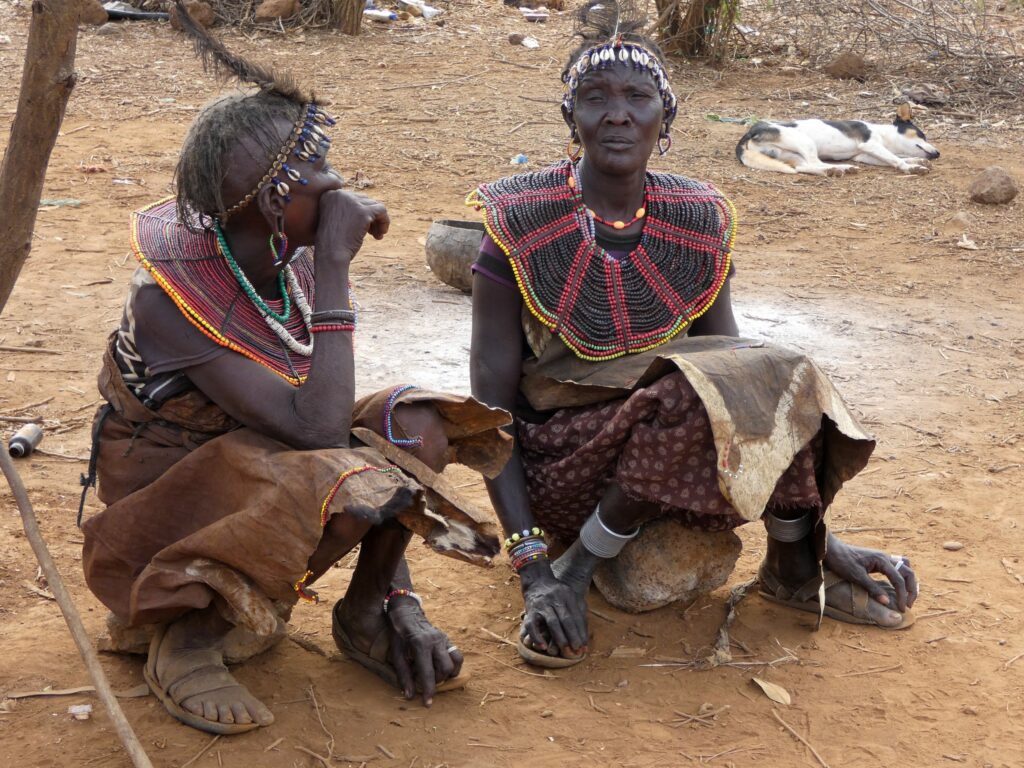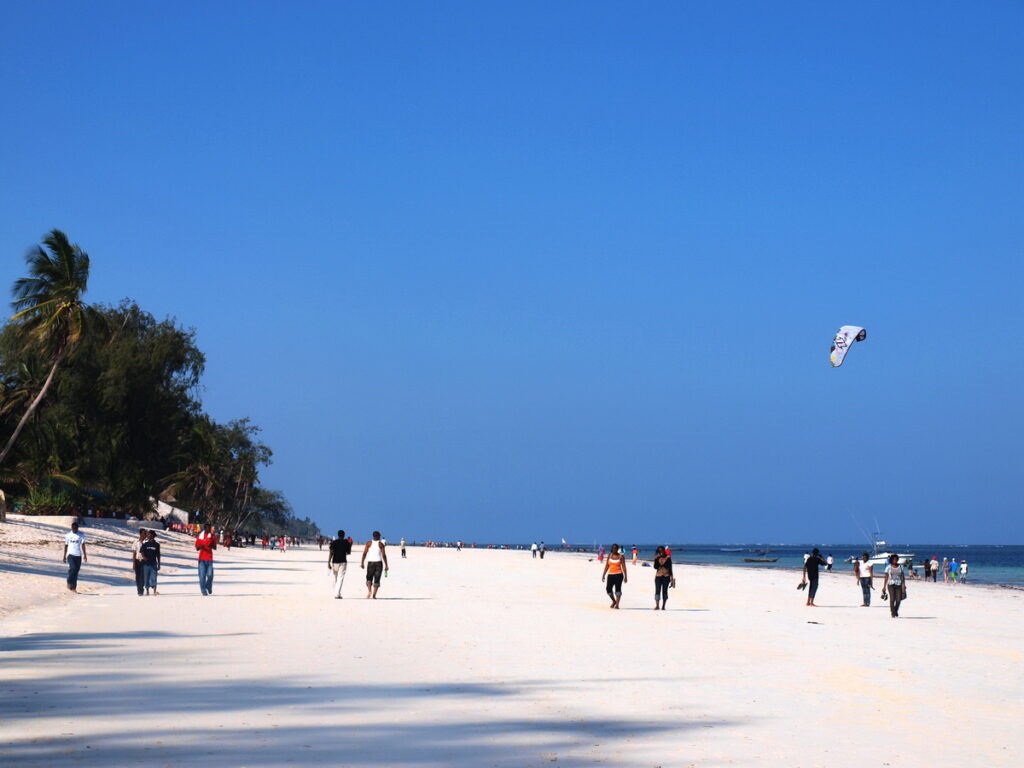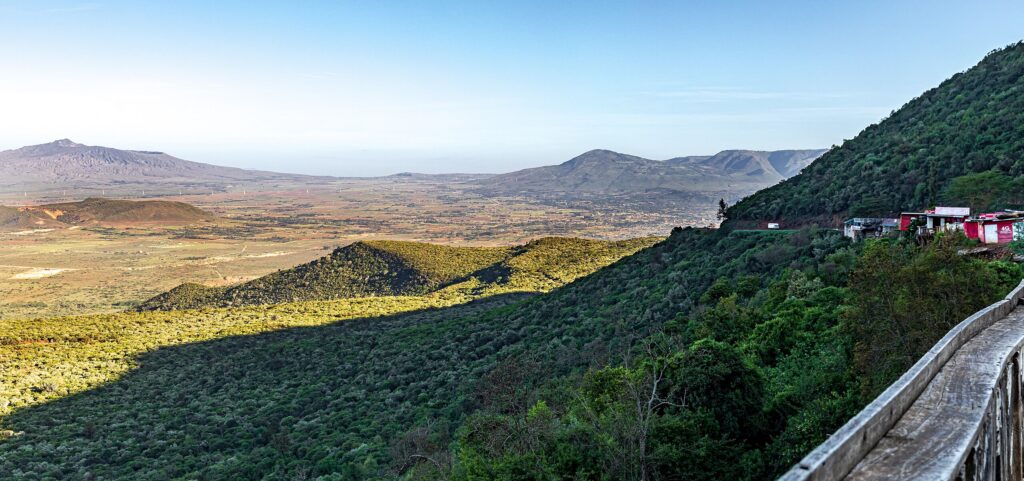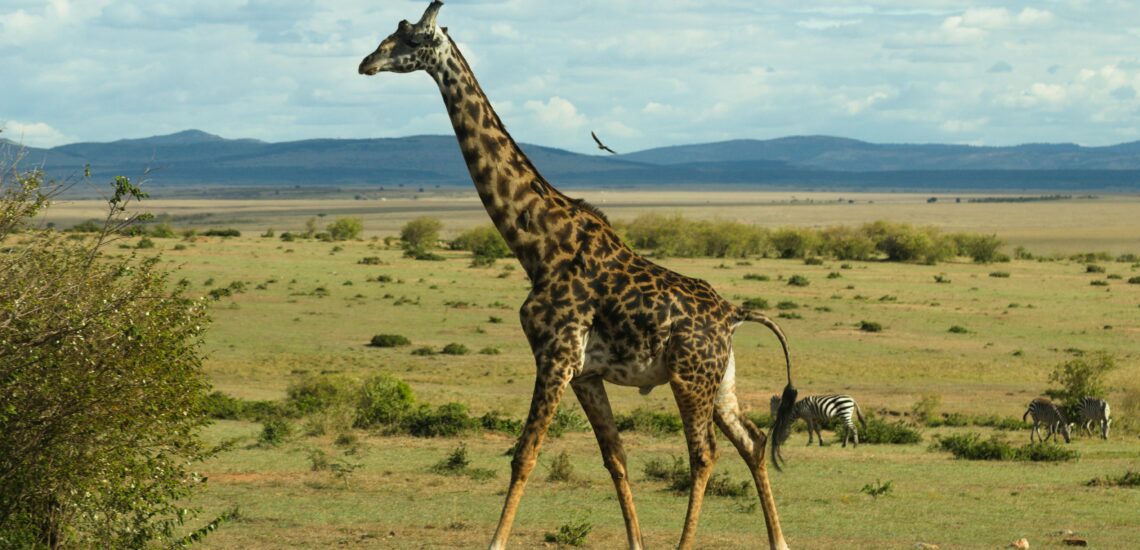Quick facts about Kenya:
- Population: Kenya has a population of over 54 million people.
- Official Languages: Kenya’s official languages are English and Swahili.
- Capital: Nairobi is the capital city of Kenya.
- Government: Kenya is a republic with a multi-party political system.
- Currency: The official currency of Kenya is the Kenyan Shilling (KES).
1 Fact: Kenya has a large number of ethnic groups and languages
Kenya is characterized by a significant diversity of ethnic groups, with over 40 different communities. This diversity is reflected in the linguistic landscape, where English and Swahili serve as official languages. Additionally, numerous indigenous languages are spoken by different ethnic groups, such as Kikuyu, Luo, Luhya, and Maasai, contributing to the rich tapestry of languages spoken across the country.

2 Fact: First female Nobel Prize winner from Africa from Kenya
Wangari Maathai, a Kenyan environmentalist and political activist, holds the distinction of being the first African woman to receive the Nobel Peace Prize. In 2004, she was recognized for her significant contributions to sustainable development, democracy, and peace, particularly through her work with the Green Belt Movement in Kenya.
3 Fact: There are many protected areas in Kenya
Kenya features a comprehensive network of conservation areas, including 23 national parks and 28 national reserves. Among the most renowned are Maasai Mara National Reserve, known for the Great Migration, Amboseli National Park, famous for its views of Mount Kilimanjaro, and Tsavo East and Tsavo West National Parks, recognized for their vast landscapes and diverse wildlife. These protected areas underscore Kenya’s commitment to preserving its natural heritage and promoting responsible tourism.

4 Fact: The best marathon runners from Kenya
Kenya is globally renowned for producing some of the world’s best marathon runners. Athletes from Kenya consistently dominate international long-distance running competitions. Notable names include Eliud Kipchoge, who achieved the historic feat of breaking the two-hour marathon barrier in 2019, and Catherine Ndereba, a multiple-time marathon world champion. Kenya’s success in marathon running is often attributed to factors like high-altitude training, a culture of long-distance running, and a strong tradition of athletic excellence.
5 Fact: Car Safaris are popular in Kenya
Car safaris are immensely popular in Kenya, offering a unique and thrilling way to explore the country’s diverse landscapes and abundant wildlife. Visitors can embark on safari adventures in specially equipped vehicles, traversing iconic national parks and reserves such as Maasai Mara, Amboseli, and Tsavo. This mode of exploration allows tourists to witness the breathtaking beauty of Kenya’s natural habitats while encountering a rich array of wildlife, including the famed Big Five – lions, elephants, buffaloes, leopards, and rhinoceroses. Car safaris contribute to Kenya’s allure as a premier safari destination in Africa.
Note: If you plan to visit Kenya and drive a car, find out if you need an International Driver’s License in Kenya in addition to your license.

6 Fact: Kenya’s leader in producing flowers for sale
Kenya is a global leader in the production of flowers for sale, particularly roses. The country’s flower industry has flourished, making it one of the largest flower exporters worldwide. Kenya’s favorable climate, high-altitude areas, and advanced horticultural practices contribute to the cultivation of high-quality flowers. The flower farms, concentrated around Lake Naivasha and the Rift Valley, play a significant role in the country’s economy and have earned Kenya a reputation for being a major player in the international flower market.
7 Fact: Kenya has a long coastline by the Indian Ocean with good beaches
Kenya features an extensive coastline along the Indian Ocean, stretching for approximately 536 kilometers (333 miles). Along this picturesque stretch, visitors can enjoy the beauty of renowned beaches such as Diani, Watamu, and Malindi. These coastal areas contribute significantly to Kenya’s tourism industry, attracting millions of visitors each year with their pristine shoreline, offering opportunities for water sports, diving, and relaxation by the sea.

8 Fact: Kenya has 2 seasons of the year
Due to its proximity to the Equator, Kenya experiences two distinct seasons: the rainy season and the dry season. The country’s equatorial climate results in relatively consistent temperatures throughout the year. The rainy season typically occurs from March to May and October to December, bringing increased precipitation. In contrast, the dry season spans from June to September and January to February when the weather is generally drier. This climatic pattern influences various aspects of life in Kenya, including agriculture, wildlife behavior, and tourism activities.
9 Fact: Kenya has the Great Rift Valley
Kenya is home to a significant geological feature known as the Great Rift Valley. This immense trench, formed by the diverging tectonic plates, stretches over 7,000 kilometers (4,300 miles) from Lebanon in Asia to Mozambique in Southeast Africa. In Kenya, the Rift Valley offers breathtaking landscapes, including escarpments, lakes, and volcanic features. It plays a crucial role in the country’s topography and has become a notable attraction for tourists seeking to explore its unique geological formations and enjoy panoramic views of the surrounding areas.

10 Fact: Humanity began with Kenya according to the latest findings of scientists
Kenya, specifically in regions like the Turkana Basin, is significant in the study of human evolution. Fossil discoveries, including Homo habilis and Homo erectus, point to East Africa as a key area for early human development. While it’s part of the broader African context, Kenya plays a crucial role in our understanding of the origins of humanity.

Published December 23, 2023 • 5m to read





